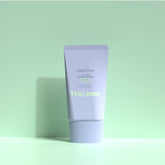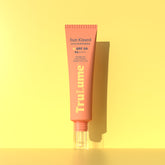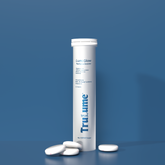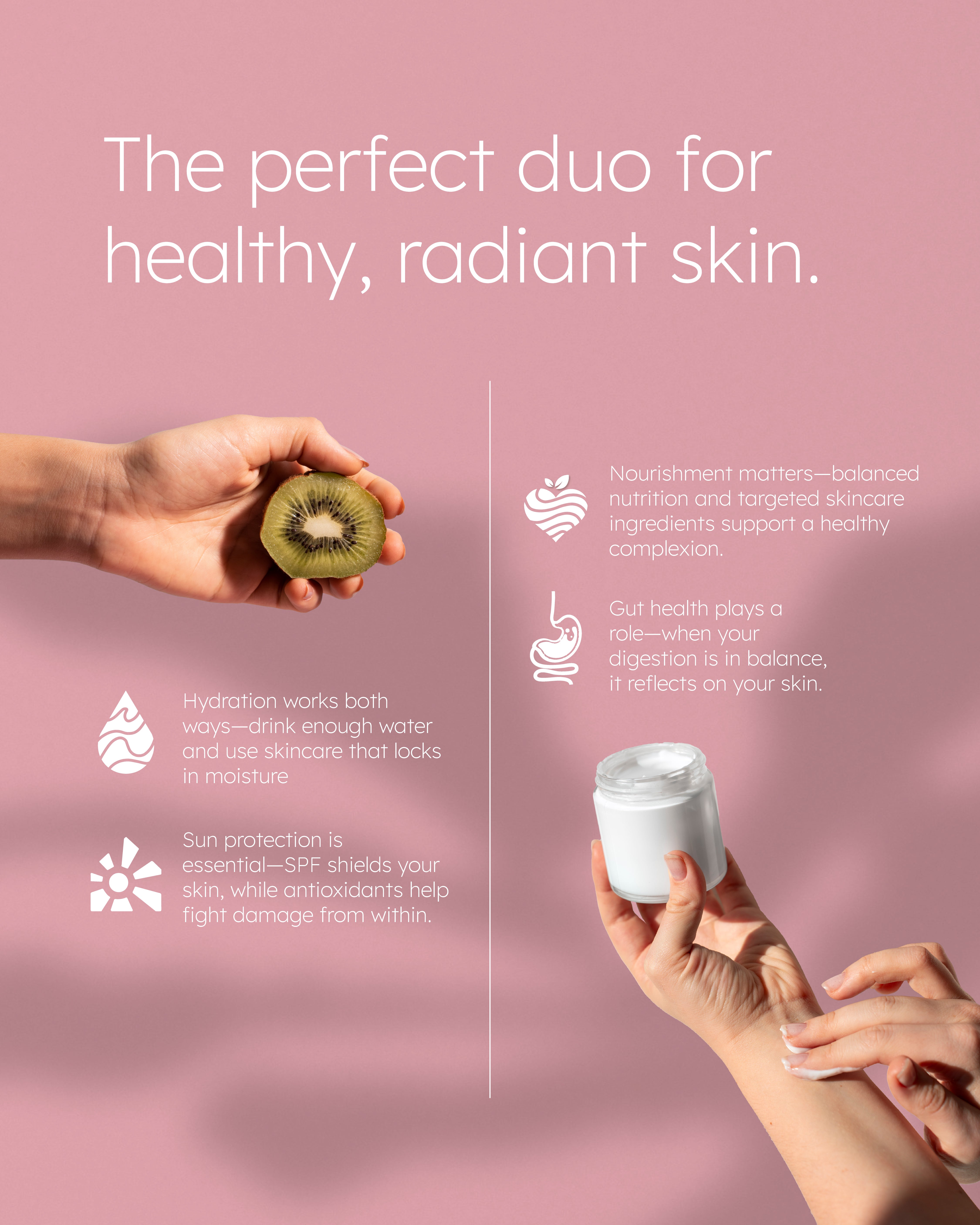Korean Skincare vs Indian Skincare: A Comparison
It is time for a showdown between Korean and Indian skincare! Korean skincare focuses on hydrating and brightening the skin, whereas Indian skincare focuses on including natural ingredients like turmeric, neem, etc, to purify the skin and balance them. Which one is better? Let us have a look!
What is a Korean skincare routine?
The Korean skincare routine can include a 10-step skincare routine. Due to technological innovations, Korean skincare has now undergone various skin-based innovations, which have made Korea a leading industry in skincare.
What is the 10-step Korean skincare routine?
Let us look at the 10-step Korean skincare routine, which is as follows:
- First cleanse: The first step is the application of oil cleanser to remove any impurities, makeup, or dirt.
- Second cleanse: Second cleansing would be done using a water-based cleanser to remove residual impurities or dirt.
- Exfoliation: Exfoliation is done to remove dead skin cells and unclog the pores.
- Toning: Toner can be applied to even out the skin tone.
- Application of essence: Essence is a hydrating liquid that can prepare your skin for the application of serums and moisturizers.
- Serum application: The application of serum can have targeted benefits on the individual’s acne, wrinkles, or fine lines.
- Sheet mask: Sheet masks can aid in hydrating the skin.
- Eye cream: Eye cream can help protect the skin under the eyes and prevent it from being dull.
- Moisturiser: Moisturizer can be added to help hydrate the skin and soothe skin irritation. Our Lumi Dew moisturiser can be suitable for this skincare routine.
- Sunscreen: A broad-spectrum sunscreen that can protect against both UVA and UVB rays can keep the skin healthy.
What is the Indian skincare routine?
Indian skincare routine is nature-inspired and rooted in Ayurveda. However, many people now prefer skincare products with natural ingredients over using the raw ingredients themselves.
A typical Indian skincare routine would focus on 5 steps, which include: cleansing, exfoliating, toning, moisturizing, and sun protection. Let us have a look:
- Cleansing: A mild and gentle cleanser can be used for cleansing the skin. Natural cleansers used for cleansing can also include rose water or raw milk.
- Exfoliation: It is done 1-2 times a week. A gentle exfoliator can be used for the same. Natural exfoliators used in an Indian skincare routine can include turmeric or chickpea flour (besan).
- Toning (optional): A good toner can help in balancing skin complexion. Natural ingredients used in Indian skincare toning include rose water or cucumber juice.
- Moisturising: A light-weight moisturizer that contains ingredients like aloe vera or shea butter can be used.
- Sun protection: A sunscreen with at least SPF 30 can be applied to the skin. This step comes under the daycare routine. Our Sunkissed hybrid sunscreen has an SPF of 50 and can be suitable for this routine.
Korean and Indian skincare differences
Korean skincare is developed to provide hydration and contains high-tech formulations to deal with humidity. Indian skincare relies more on natural herbs and ingredients, which can adapt to diverse skin tones and different climates. Korean skincare routines might not suit Indian skincare tones due to differences in skin tones (Korean skin has less melanin compared to Indian skin), climates, diet, and lifestyle patterns.
Conclusion:
There is no win-win situation between the two! The Korean skincare routine is more suitable for Korean skin, though some of its products can be used in the Indian market. An Indian skincare routine would be more beneficial for diverse Indian skin tones!












